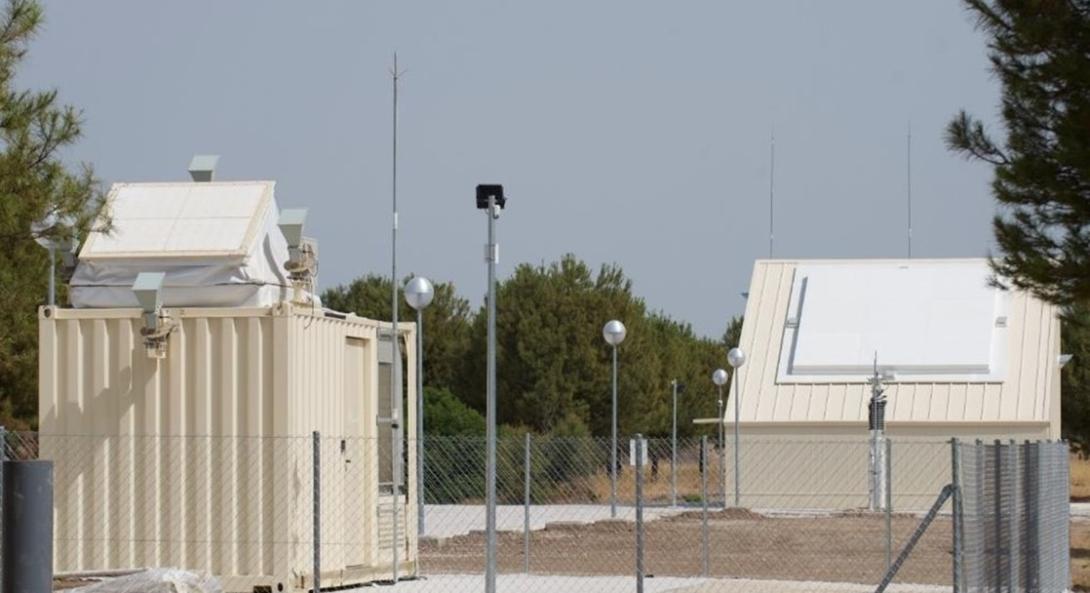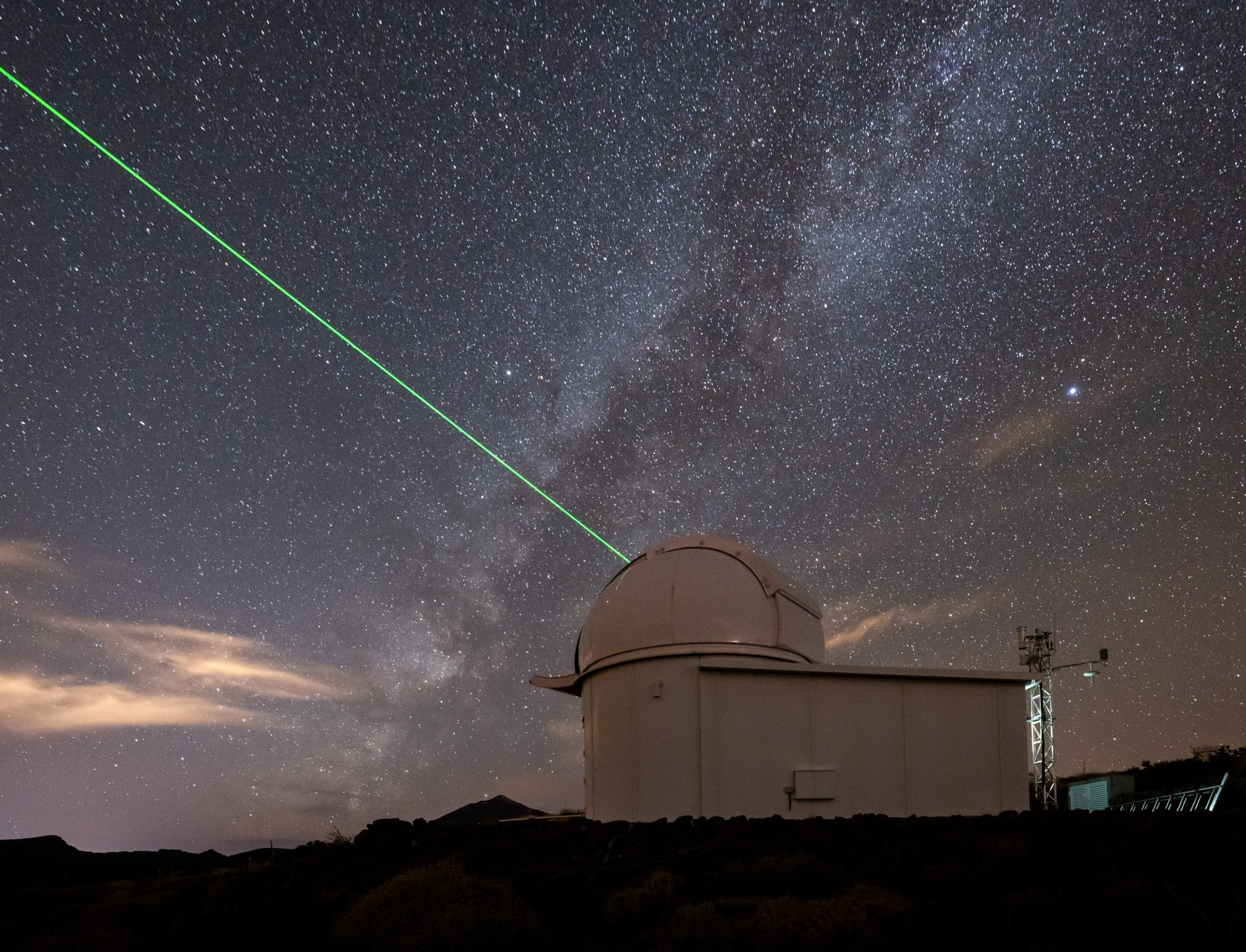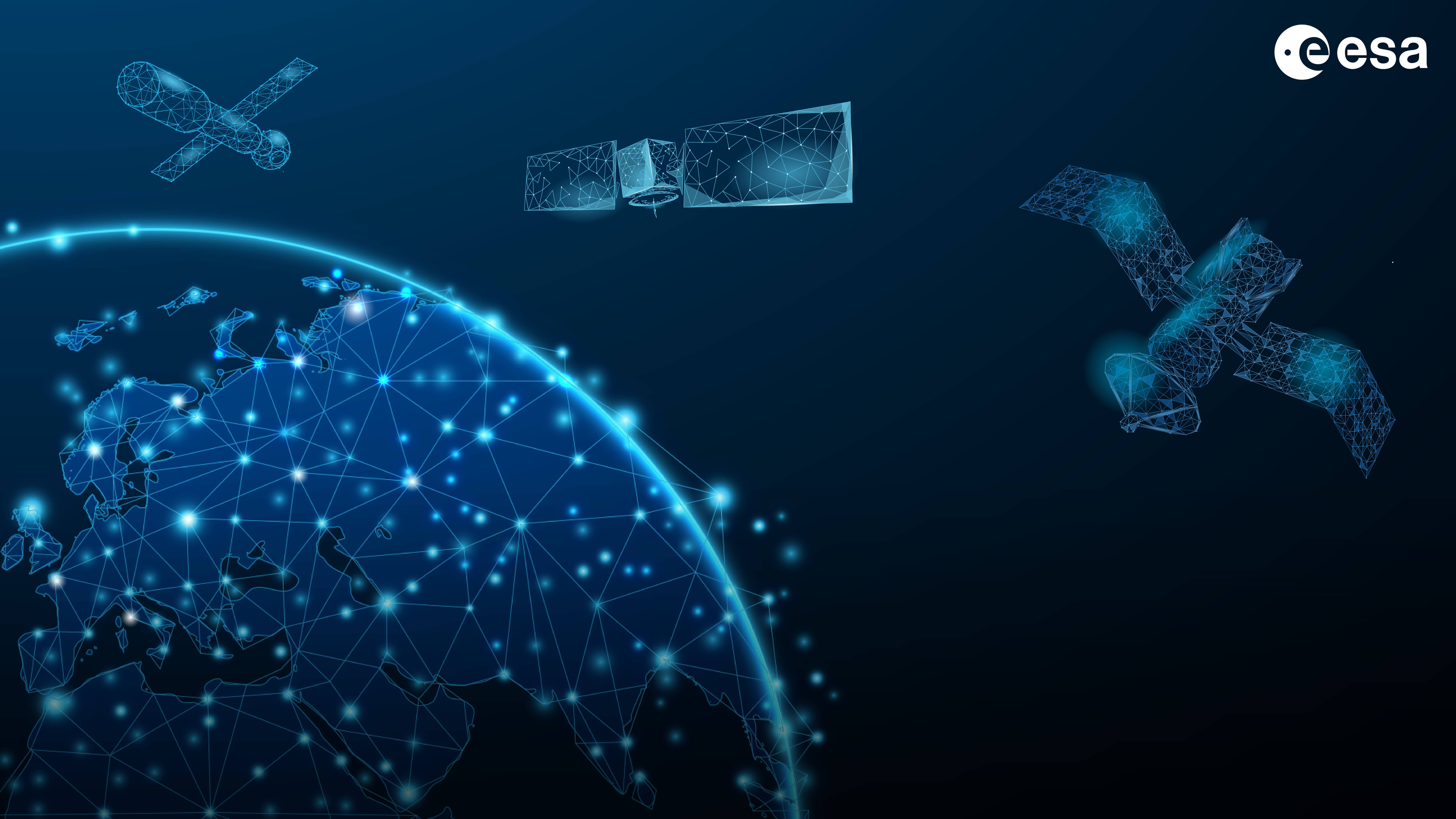ESA and Spain extend cooperation on Spanish Space Surveillance and Tracking system
Satellites today perform a wide variety of important tasks that impact the daily life of humankind around the globe. But these spacecraft are at risk: pieces of space debris littering Earth orbits are capable of ending a mission with a single catastrophic, high-speed collision. Over 30 000 of these objects are currently tracked by surveillance systems, but there are many more not yet in our catalogues.
As part of European efforts to mitigate this risk, ESA Director General, Josef Aschbacher, signed an agreement to extend the Spanish Space Surveillance and Tracking (S3T) project on 14 June 2022 in the presence of the Spanish Delegation to the ESA Council held at the European Space Research and Technology Centre (ESTEC) in the Netherlands.
Scanning the sky
The initial S3T project, financed with 29M€ by Spain, ran successfully from 2015 to 2020. During these first phases, ESA oversaw the design, development and construction of a Spanish radar system to advance Spain’s capability and boost commercialisation in the field of satellite and space debris detection in important low-Earth orbits. The first version of the S3T Surveillance Radar (S3TSR) was delivered by ESA to CDTI in 2019 and later handed over to the Spanish Ministry of Defence for operations.
In addition, the accompanying S3T Operations Centre (S3TOC) was designed and developed, which enables the data validation from the new radar system as well as other sensors located elsewhere in the world.
Together, the radar and operations centre enable three core services: conjunction detection, fragmentation detection and re-entry detection. These services are now run by CDTI under operations contract with the Spanish space industry.
As part of the project, a series of Spanish optical sensors were validated that can be used to detect debris in higher orbits beyond the range of radar systems.

The S3TSR transmitter and receiver subsytems
Expanding capabilities, improving services
The Spanish government has now requested and funded an extension to the capabilities established in the initial project with additional 72M€. This extension runs from 2022 to 2028, during which ESA will oversee, on behalf of CDTI, the upgrades to the radar system and the operations centre, and the design of a new dedicated space debris tracking radar.
The upgrades to S3TSR will improve object detection by enlarging the radar antennas and upgrading the related hardware and software to handle the resulting increase in data transfer.
At S3TOC, ESA, in coordination with CDTI, will manage the implementation of the system’s improvements, with a higher degree of automation, into the centre’s routine operations. There will be a particular focus on improving the collision avoidance service and ensuring the centre is prepared for the integration of new and future technologies, such as artificial intelligence.
The project will also stimulate innovation in the field of space debris with R&D activities oriented to the improvement of systems, algorithms and components.
Finally, the design of a dedicated Spanish radar for tracking space debris, the S3T Tracking Radar (S3TTR), will be advanced. In coordination with CDTI, ESA will ensure important components are prototyped, carry out the cost estimation, and determine the location for the new radar.


